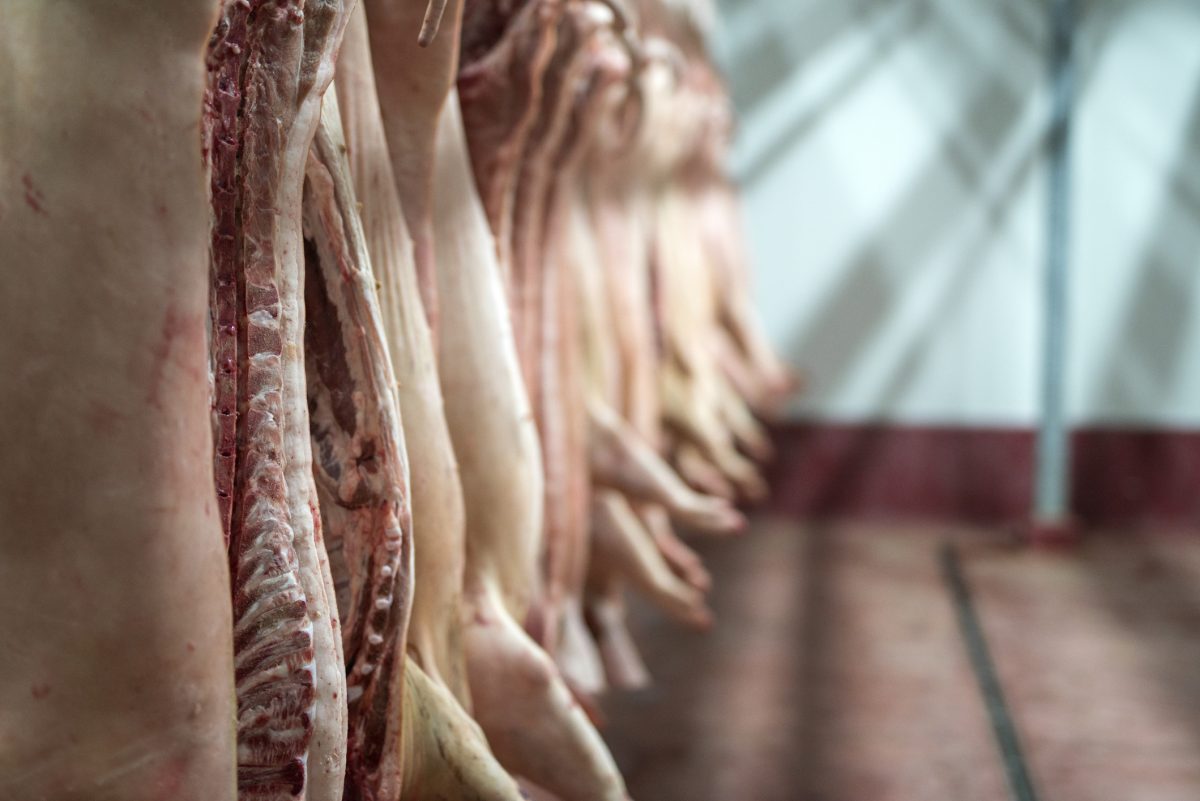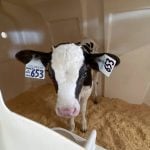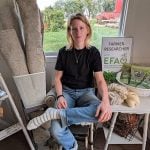Cow-calf producers in areas of Saskatchewan from Regina up west to Kindersley should start planning alternatives for feed, a new hay outlook warns.
“Saskatchewan producers who are starting to cut their hay crops will be disappointed with yields this year, especially in this region,” the Western Beef Development Centre’s vice-president of operations, Dr. Paul Jefferson, said in a release Tuesday.
“Hay yields depend on spring weather conditions, and this year’s cold and dry April-through-June weather will result in low hay yields,” he said.
Applying historical weather and hay yield data to the last three months of weather data from 16 sites in the province, Jefferson has developed a statistical model that predicts hay yields as low as 40 per cent of the longer-term yield, around Moose Jaw.
Read Also

U.S. livestock: Hogs rebound, cattle hit upward limits
Chicago hog futures rallied on Monday after a long slide. Cattle futures also jumped with all feeder contracts hitting upward…
The yields in Jefferson’s model are “generally consistent” with rainfall tracking by Agriculture and Agri-Food Canada’s Drought Watch, the WBDC said. At Moose Jaw, however, AAFC lists the area as “mid-range” for rainfall.
AAFC’s numbers, however, are based on accumulations between April 1 and June 30, whereas WBDC’s model differs in its weighting of precipitation.
Predicted hay yields range from 40 to 66 per cent (“well below average”) around Moose Jaw, Nipawin, Regina, Kindersley and Rosetown, the WBDC said in its release.
Seven other centres are expected to see “below average” yields ranging from 72 per cent of the long-term yield (Swift Current, Estevan) to 89 per cent (North Battleford).
Of the 16 areas studied, only four can expect to see “average” yields relative to the longer term, ranging from one per cent above the long-term yield (Yorkton) to eight per cent (Prince Albert), the Humboldt-based centre said.
Generally, the WBDC warned, hay supplies for the 2009-10 winter will be tight across the province, especially following a long, cold 2008-09 winter in which many cow/calf producers depleted their hay and feed stocks.
Based on the model results, neighbouring regions may also have limited amounts of hay for sale, making it even more expensive to truck hay from regions that have surpluses available, the centre warned.
Producers are “strongly encouraged” to plan for alternatives such as crop residues, greenfeed, early weaning of calves and heavy culling of the cow herd this fall.
Those who use crop residues to feed over the winter are advised to seek ration advice from beef nutritionists, to make sure their herds get adequate nutrition. Provincial beef specialists can provide that service, the centre said.














